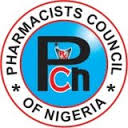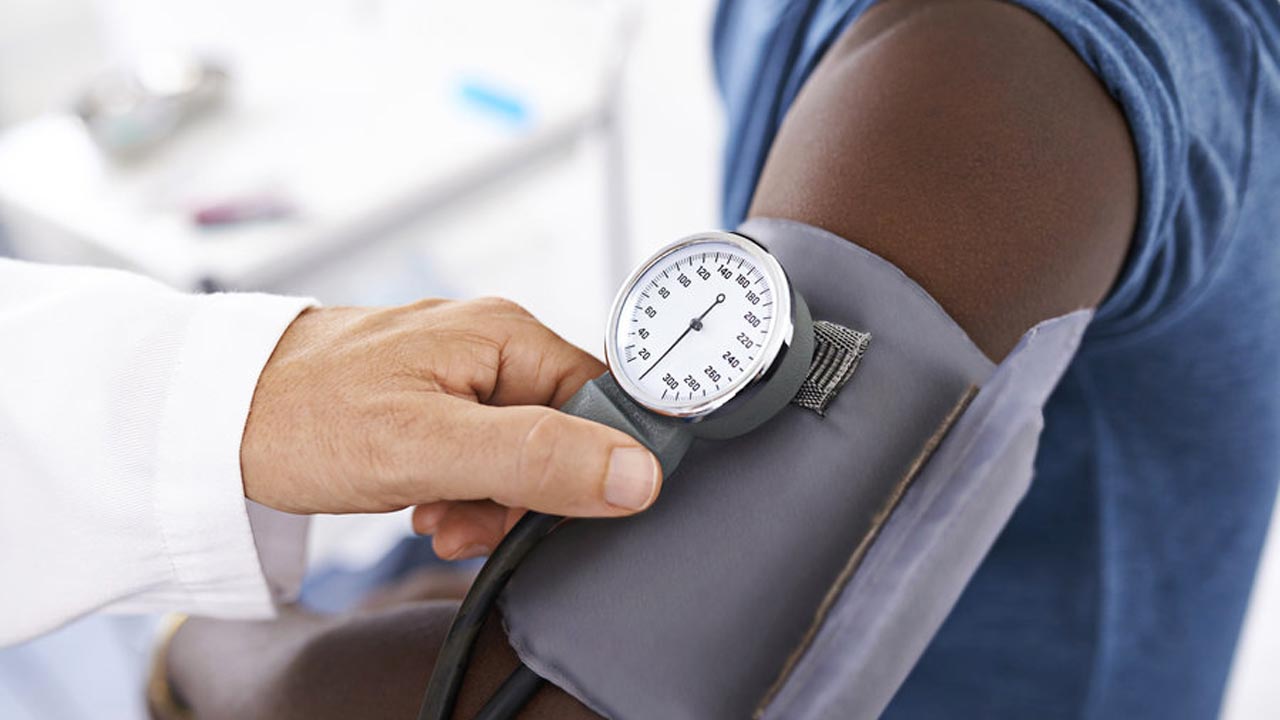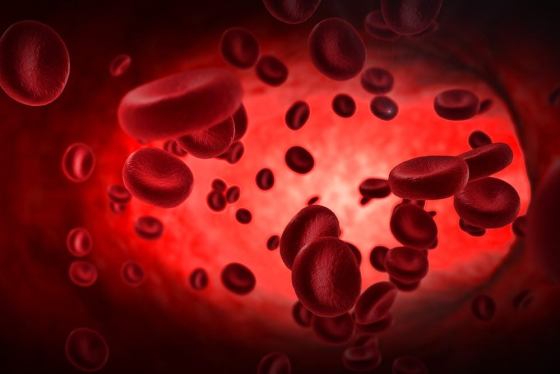The World Health Organisation (WHO) and International Maternal Pediatric Adolescent AIDS Clinical Trial Network (IMPAACT) P1107 have reported the first case of Human Immuno-deficiency Virus (HIV) cure in a woman sufferer submitting to two cell transplants (that is, an umbilical cord blood transplant combined with a half-matched bone marrow transplant) for treatment of acute myelogenous leukaemia.
A statement, yesterday, by WHO, said the IMPAACT P1107 researchers presented the details during the oral abstract session at the 29th Conference on Retroviruses and Opportunistic Infections (CROI 2022).
The woman, in question, is from New York, United States, who stopped antiretroviral therapy (ART) at 37 months post-transplant and has had no HIV detected for 14 months. The dual stem cell therapies also led to remission from leukaemia that she contracted in 2017.
The IMPAACT P1107 is an observational study that describes the outcomes in people living with HIV that had undergone cord blood stem cells transplant with a CCR5 genetic mutation for treatment of cancer, hematopoietic disease or other underlying diseases.
This genetic mutation results in T cells without CCR5 co-receptors. As HIV needs to use these co-receptors to infect T cells, the rationale of the study “is that chemotherapy given to people with cancers or other illness, followed by a transplant using stem cells that carry this CCR5 mutation, can change the immune system to make it genetically resistant to HIV.”
HIV remission or cure, resulting from stem cell transplants, had been reported in two cases. The first, known as the Berlin patient (a man with acute myelogenous leukemia), was reported in 2009. He was submitted to a bone marrow stem cell transplant and experienced HIV remission for 12 years. He died of recurrent leukemia in September 2020. The second, tagged London patient (a man with Hodgkin lymphoma), was reported more recently, and has been in HIV remission for more than 30 months after a bone marrow stem cell transplant.
This third case of HIV remission, now documented in a woman, suggests that a dual stem cell transplant strategy could also be considered as an option to achieve HIV remission and cure for people living with HIV, who require a stem cell transplant for other diseases.
This case further supports the proof of concept for an HIV cure using stem cell transplants, but it is important to highlight that this approach is an invasive, complex and risky medical procedure and still not viewed as a feasible strategy to scale up to the millions of people living with ailment globally.
Director of WHO’s Global HIV, Hepatitis and STI Programmes, Dr. Meg Doherty, said: “Despite the feasibility challenges, this new HIV remission case is a very exciting news, and will continue to energise the HIV cure research agenda, reminding us of its potential to beat HIV.”





